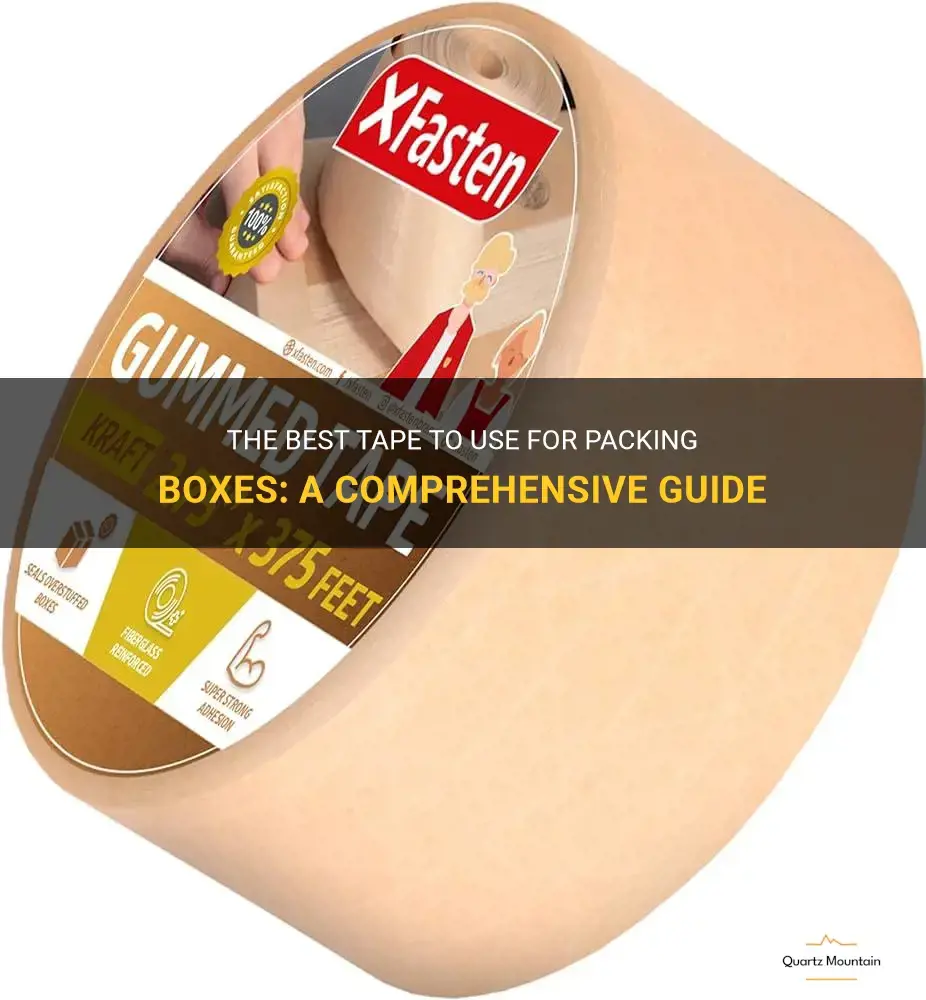
If you're planning a move or need to ship items, you know just how important it is to have proper packaging. And one of the most essential elements of that packaging is tape. But with so many options available, it can be overwhelming to choose the right tape for packing boxes. Don't worry, though, because we've got you covered. In this comprehensive guide, we'll take a close look at the best tape to use for packing boxes, ensuring your belongings stay secure and protected during transit. From strength and durability to ease of use, we'll explore all the factors that make a tape truly the best for the job. So, get ready to say goodbye to box mishaps and say hello to hassle-free packing with our expert advice.
What You'll Learn
- What type of tape is best for packing moving boxes?
- Are there specific brands of tape that are recommended for packing boxes?
- Is it necessary to use packing tape, or can regular adhesive tape be used?
- How does the type of tape used affect the durability and security of packed boxes?
- Are there any special considerations for using tape on specific types of boxes, such as heavy-duty or fragile items?

What type of tape is best for packing moving boxes?
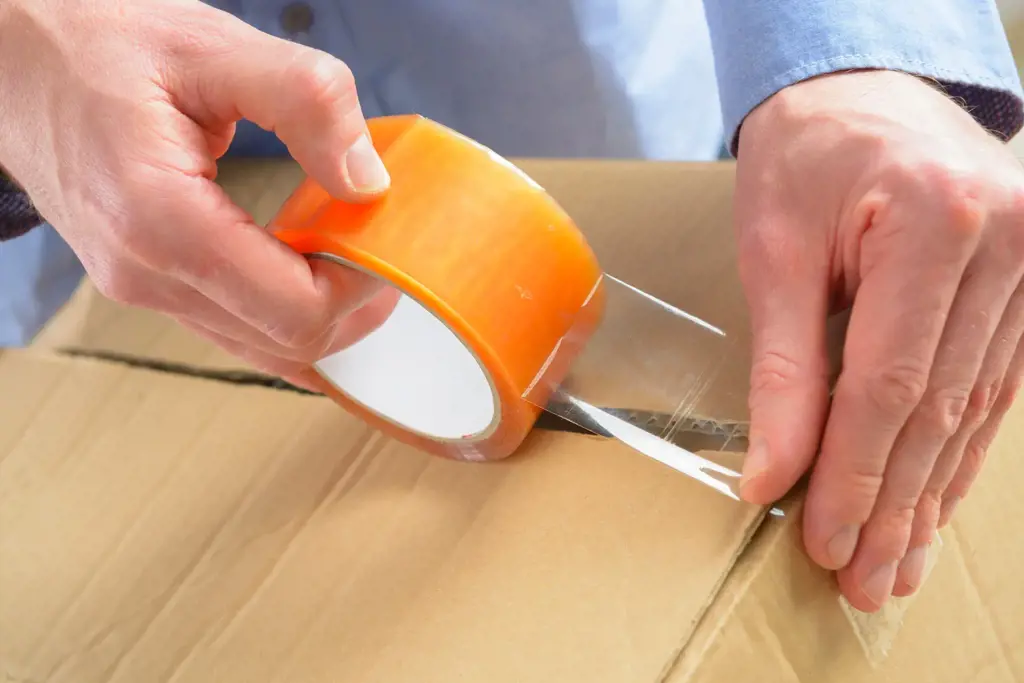
When it comes to packing moving boxes, choosing the right type of tape is essential. The tape you use should be strong enough to hold the boxes securely while also being easy to apply and remove. In this article, we will explore different types of tape and discuss which ones are best suited for packing moving boxes.
Packing Tape:
One of the most commonly used tapes for packing moving boxes is packing tape. This type of tape is made from a durable material such as polypropylene and is designed to withstand the rigors of moving. Packing tape is known for its strong adhesive properties, which ensure that boxes remain securely sealed during transportation. It is also easy to apply, as most packing tape comes with a built-in dispenser.
Duct Tape:
While duct tape is a versatile option for many tasks, it may not be the best choice for packing moving boxes. Duct tape tends to be thicker and less flexible than packing tape, making it more difficult to apply and remove. Additionally, the adhesive on duct tape may leave a sticky residue on the boxes, which can be challenging to clean. However, if you find yourself in a pinch without packing tape, duct tape can serve as a temporary solution.
Masking Tape:
Masking tape is another type of tape commonly found in households. It is typically used for painting and general-purpose tasks. However, masking tape is not ideal for packing moving boxes. It has a weaker adhesive compared to packing tape, which may lead to boxes becoming unsealed during transit. Additionally, masking tape is not as durable as packing tape, and the boxes may not withstand the stress of moving.
Filament Tape:
Filament tape is a heavy-duty tape that contains fiberglass strands for added strength. While this type of tape is excellent for securing heavy or bulky items, it may not be necessary for most moving boxes. Filament tape is thicker and more challenging to cut compared to packing tape, which can make packing boxes more time-consuming. Unless you have specific items that require extra reinforcement, packing tape is generally sufficient for everyday moving needs.
In conclusion, when it comes to packing moving boxes, packing tape is the best choice due to its strength, adhesive properties, and ease of use. While other types of tape such as duct tape, masking tape, and filament tape may serve as temporary alternatives, they are not as suitable for securing boxes during transportation. By using packing tape, you can have peace of mind knowing that your belongings are securely packed and ready for a smooth move.
Essential Items to Pack for Your Fishing Trip
You may want to see also

Are there specific brands of tape that are recommended for packing boxes?
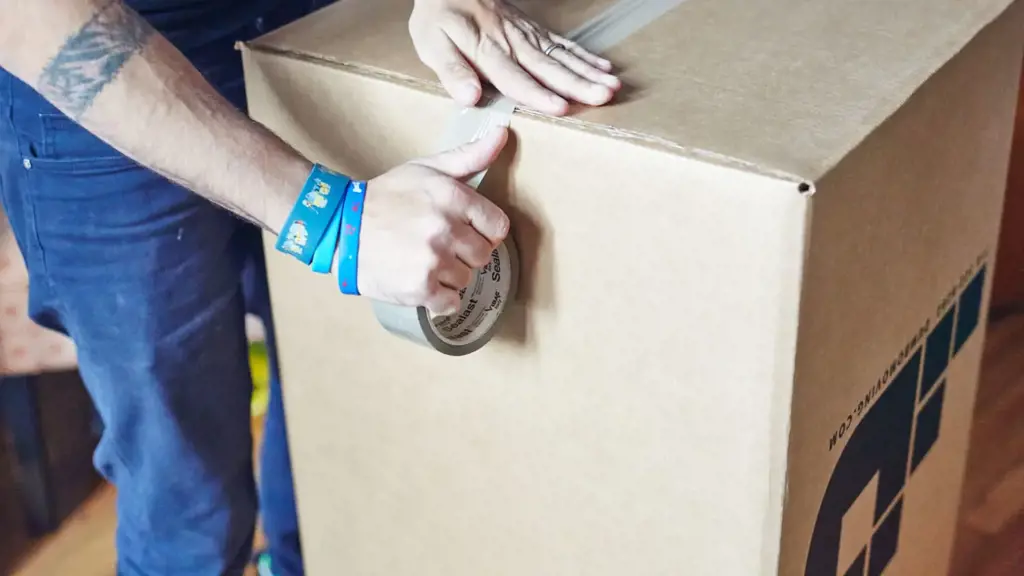
When it comes to packing boxes, tape is a crucial tool for securing your belongings and keeping them together during the moving process. However, not all tapes are created equal, and there are specific brands that are highly recommended for packing boxes.
One brand that consistently receives praise for its durability and strength is Scotch. Scotch tape is known for its strong adhesive properties and its ability to withstand the rigors of moving. It is designed specifically for packing, making it an ideal choice for securing boxes and preventing them from coming apart during transit. Scotch also offers a variety of tape options, such as heavy-duty and clear, allowing you to choose the tape that best suits your needs.
Another brand that is often recommended for packing boxes is Duck. Duck tape is known for its strong adhesive and its ability to stick to a variety of surfaces, including cardboard. Duck tape is also tear-resistant, making it a reliable choice for securing boxes. Additionally, Duck tape comes in a variety of colors and patterns, allowing you to add a personal touch to your packing.
3M is another reputable brand when it comes to packing tape. 3M offers a range of packing tapes, including the popular Scotch brand, which is known for its strength and adhesion. 3M packing tapes are designed to withstand the demands of moving, ensuring that your boxes will stay secure throughout the process.
When choosing a brand of tape for packing boxes, it is important to consider a few factors. Firstly, look for a tape that is specifically designed for packing. These tapes are typically stronger and more durable than standard tape. Additionally, consider the adhesive properties of the tape. Look for a tape that has strong adhesion and will not easily peel off or come undone. Finally, consider the tear resistance of the tape. Moving boxes are often subjected to rough handling, so a tape that can withstand tears and punctures is essential.
In conclusion, when it comes to packing boxes, there are specific brands of tape that are highly recommended for their strength, adhesion, and durability. Scotch, Duck, and 3M are all reputable brands that offer tapes specifically designed for packing. When choosing a tape, look for one that is designed for packing, has strong adhesive properties, and is tear-resistant. By using a high-quality tape, you can ensure that your boxes will stay secure and your belongings will arrive at your new destination intact.
Essential Items to Pack for Your Aspen Adventure
You may want to see also

Is it necessary to use packing tape, or can regular adhesive tape be used?
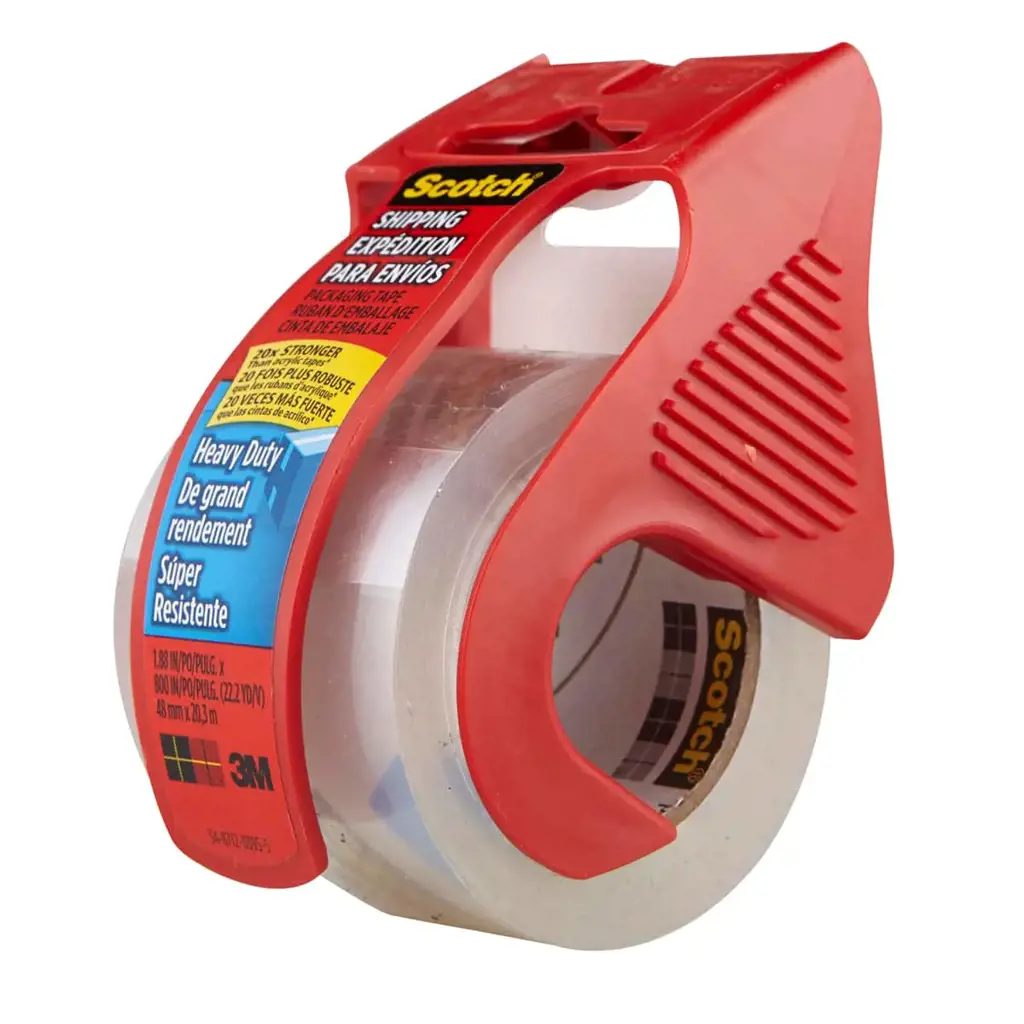
Packing tape is a type of adhesive tape specifically designed for packaging and sealing boxes and parcels. While regular adhesive tape can technically be used for this purpose, there are several reasons why it is recommended to use packing tape instead.
- Strength and Durability: Packing tape is made with a reinforced backing material, such as polyester or fiberglass, which gives it added strength and durability. This allows it to withstand the rigors of shipping and handling without tearing or coming loose. Regular adhesive tape, on the other hand, is typically thinner and less sturdy, making it more prone to snapping or losing its stickiness.
- Adhesion: Packing tape is formulated with a strong adhesive that is specifically designed to bond with cardboard and other packaging materials. It has a high initial tack and provides a secure, long-lasting seal. Regular adhesive tape may not have the same level of adhesion, leading to the risk of boxes coming open during transit.
- Width and Length: Packing tape is generally wider and longer than regular adhesive tape, which makes it easier to apply and provides a more reliable seal. The wider tape provides better coverage and reduces the risk of the edges of the box coming loose. The longer length allows for multiple rounds of taping, ensuring a secure seal all around the box. Regular adhesive tape may not be wide or long enough to effectively seal a box, especially if it is large or heavy.
- Tamper-evident: Many types of packing tape are designed to provide evidence of tampering. They have features such as security printing, holographic foils, or tamper-evident seals that make it clear if a package has been opened or tampered with. Regular adhesive tape does not have these features, making it easier for someone to open a package without detection.
While regular adhesive tape can be used for light or non-fragile items, it is generally not as reliable or effective as packing tape for securing boxes for shipping or storage. The added strength, durability, adhesion, width, and tamper-evidence of packing tape make it the preferred choice for these applications.
In conclusion, while regular adhesive tape may be sufficient for minor uses around the house, it is necessary to use packing tape for packaging and sealing boxes. The specific design and features of packing tape provide the strength, durability, adhesion, and tamper-evidence required for shipping and storage applications. Using packing tape ensures that boxes remain securely sealed and protects the contents during transit.
Which Backpack Should You Bring to Bonnaroo?
You may want to see also

How does the type of tape used affect the durability and security of packed boxes?
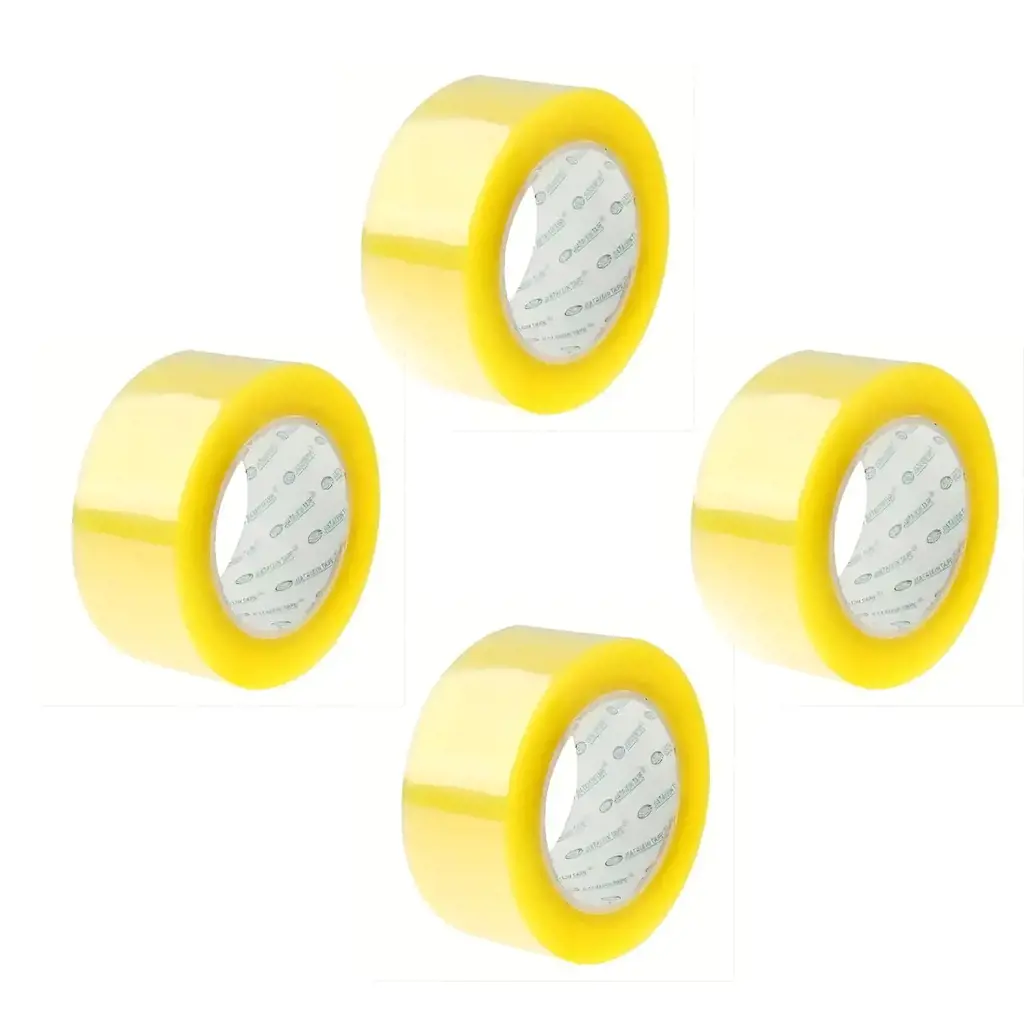
When it comes to packing boxes, the type of tape used can have a significant impact on both the durability and security of the contents. Choosing the right tape can ensure that your items are protected during transit and arrive at their destination in the same condition as when they were packed.
Durability is an essential factor in packing boxes, especially if they are going to be stacked or transported over long distances. Different types of tape have varying levels of strength and adhesive properties. For instance, duct tape is known for its high strength and durability, making it ideal for securing heavy or bulky items. On the other hand, masking tape, while easy to tear and remove, may not provide the same level of strength and may loosen over time.
The security of packed boxes is also a critical consideration. The tape used should securely seal the box to prevent it from opening during transit. A box that opens during transportation can lead to damaged or lost items. Packing tape, often made of a strong adhesive material such as acrylic or hot melt, offers excellent security and is designed to withstand the rigors of shipping. It is important to choose a tape that is specifically labeled as "packing tape" rather than using regular household tape, as packing tape is specifically designed for this purpose and provides a higher level of security.
In addition to the type of tape used, the application process can also affect the durability and security of packed boxes. It is important to apply the tape evenly and securely, ensuring that it adheres to all sides of the box. A haphazard application may result in weak spots that can compromise the integrity of the box. Applying the tape in a crisscross pattern, known as a "H" taping method, can provide additional reinforcement to the box and reduce the risk of it opening during transit.
While the type of tape used is important, it is also crucial to consider other factors that may impact the durability and security of packed boxes. These include the quality of the box itself, the packing materials used to cushion the items inside, and the overall weight and fragility of the contents. It is advisable to use high-quality boxes and sufficient packing materials, such as bubble wrap or packing peanuts, to further protect the items inside.
In conclusion, the type of tape used can significantly affect the durability and security of packed boxes. Choosing a tape that offers strength, adhesive properties, and specifically labeled as "packing tape" can help ensure that your items are protected during transit. Additionally, properly applying the tape and considering other factors such as the quality of the box and packing materials used can further enhance the overall durability and security of packed boxes. By taking these factors into consideration, you can have peace of mind knowing that your items will arrive safely at their destination.
Carnival Cruise Packing Checklist: Essential Items to Bring on Your Vacation
You may want to see also

Are there any special considerations for using tape on specific types of boxes, such as heavy-duty or fragile items?
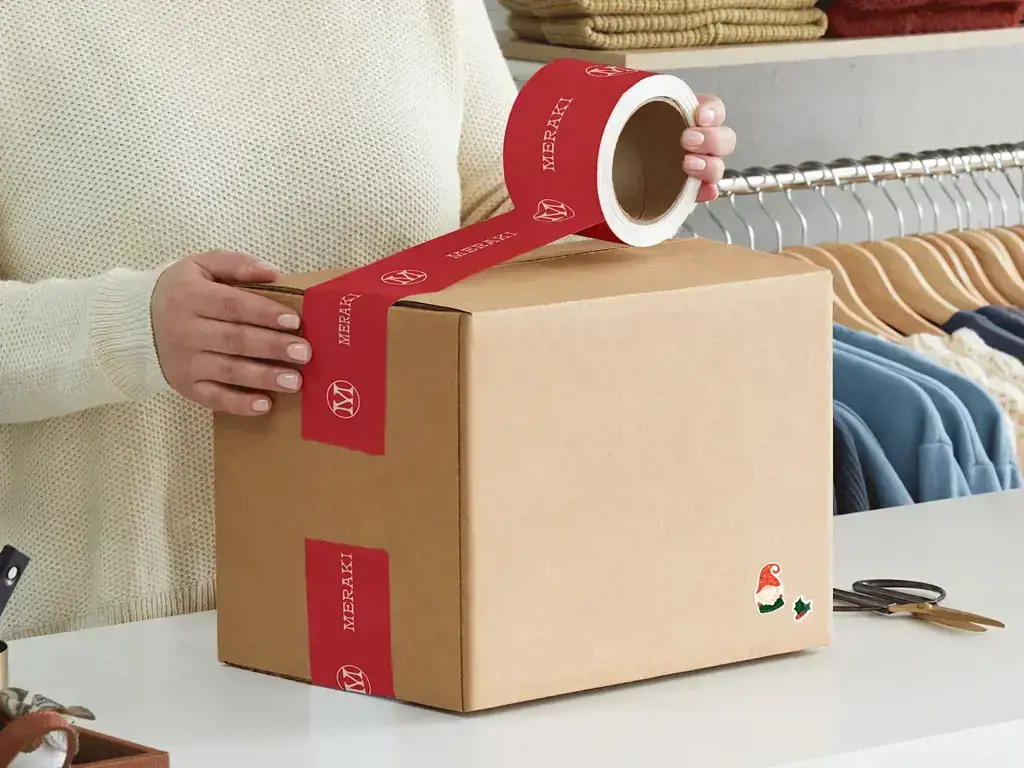
When it comes to packing and moving, using tape is essential for sealing boxes and securing your belongings. However, there are some special considerations to keep in mind when using tape on specific types of boxes, particularly heavy-duty or fragile items.
Firstly, heavy-duty boxes require a stronger tape to ensure that they can withstand the weight and pressure of the items inside. Regular packing tape may not be sufficient for heavy-duty boxes, as it may peel off or tear easily. In this case, it is recommended to use a heavy-duty packing tape or reinforced packing tape that is specifically designed for strong hold and durability. These tapes are usually thicker and have a stronger adhesive, providing extra support for heavy items.
When packing fragile items, such as glassware or electronics, it is important to take extra care and use the right type of tape to protect them. Fragile items are more susceptible to damage during transportation, so it is crucial to use a tape that provides a secure and cushioned seal. One option is to use a packing tape that is specifically designed for fragile items, such as a cushioned tape or a tape with built-in bubble wrap. These tapes provide an additional layer of protection and help to absorb shocks during transit.
In addition to using the right type of tape, there are some best practices to follow when sealing heavy-duty or fragile boxes. Here is a step-by-step guide:
- Choose the right box: Make sure to use a heavy-duty box for heavy items and a box with dividers or compartments for fragile items. The right box will provide additional support and protection.
- Secure the bottom: Start by taping the bottom of the box using a strip of tape that spans the entire width of the box. This will ensure that the bottom of the box is tightly sealed and can handle the weight of the items inside.
- Pack and cushion: Place the heavy or fragile items inside the box, making sure to use additional packing material, such as bubble wrap or packing peanuts, to cushion and protect the items. This will help to prevent shifting and minimize the risk of damage during transit.
- Seal the box: Once the items are packed and securely cushioned, close the box and tape it shut using several strips of tape. Apply the tape along the seams of the box, reinforcing the corners and edges for added strength.
- Label and handle with care: Finally, remember to label the box as "heavy" or "fragile" to ensure that it is handled with the appropriate care during transportation. This will alert movers and help to prevent any mishandling or accidents.
To illustrate these considerations, let's consider an example of packing and moving a collection of antique china plates. Since these plates are heavy and fragile, it is important to use a heavy-duty box and a tape that provides extra support and cushioning. Using a reinforced packing tape or a tape with built-in bubble wrap can help to protect the delicate plates from breakage during transit. Following the step-by-step guide, the plates would be carefully wrapped in bubble wrap, placed in a divided box, and securely sealed with the appropriate tape. The box would then be labeled as "fragile" to ensure that it is handled with care throughout the moving process.
In conclusion, when using tape on specific types of boxes, such as heavy-duty or fragile items, it is important to choose the right type of tape and follow best practices for sealing and handling. By using the appropriate tape and following the recommended steps, you can ensure that your belongings are protected and secure during the packing and moving process.
Essential Item Checklist for a Perfect Summer in Italy
You may want to see also
Frequently asked questions
The best type of tape for packing boxes is packing tape, also known as shipping tape or box-sealing tape. This type of tape is designed specifically for securing boxes and has a strong adhesive that holds up well during transit.
While duct tape can be strong and versatile, it is not recommended for packing boxes. Duct tape may not adhere as well to cardboard and can peel off or lose its adhesion over time. It is best to use packing tape for secure and reliable box sealing.
Clear tape is generally the preferred option for packing boxes because it allows for easy visibility and identification of the contents. Colored tape, on the other hand, can be useful for color-coding different boxes or for decorative purposes, but it can make it harder to see what's inside the box.
The width of the tape for packing boxes can vary, but a common width is 2 inches (48mm). This width provides good coverage and adhesion for most standard-sized boxes. However, if you are packing larger or heavier items, you may want to consider using wider tape, such as 3 inches (72mm), for added strength and security.







